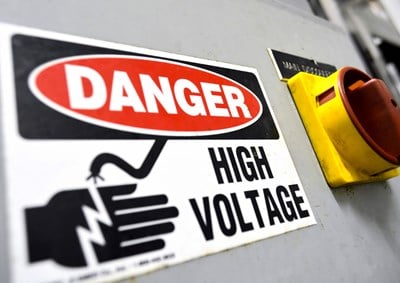Hypothermia is a potentially life-threatening condition caused by overexposure to cold air or cold water. Although most people typically are not at risk of developing hypothermia, the condition can strike anyone, depending on their individual circumstances, weather conditions and level of exposure in a cold or wet environment. Therefore, it is important to know the risks involved and to take precautions against them.
The symptoms include:
- Slurred speech
- Sluggishness
- Confusion
- Shallow, slow breathing
- Unusual behavior
- Slow, irregular heartbeat
Other signs may include a lack of sensation in the affected area; and skin that appears waxy, cold to the touch or discolored (flushed, white, gray, yellow, blue or purple).
To prevent hypothermia, avoid prolonged exposure to the cold, ensure adequate heating, and dress appropriately for the environment and circumstances. In addition, avoid excessive alcohol consumption and the use of illegal substances, which can increase the risk of hypothermia.
If you suspect hypothermia, call 911 or your local emergency number. In addition:
- Remove any jewelry and wet clothing, if possible.
- Frostbitten skin should be handled with great care. Do not rub.
- Gently treat the affected area by soaking it in warm water (100 degrees F to 105 degrees F) until normal skin color appears and the area feels warm again.
- Cases of severe frostbite may require medical follow-up.
 American College of Emergency Physicians
American College of Emergency Physicians







